
Rare Color Photos Reveal Germany In 1900 Before It Was Destroyed By Wars
Sadly, a time machine is not available yet. However, if you’ve been wondering how life in Germany looked before WWI, don’t bother looking for uranium, just get the new photobook, “Germany Around 1900.” The historical pictures will take you there from the very first page!
The book contains 800 vintage photos and postcards that were produced around 1900. It gives a peaceful and nostalgic glimpse into the lives of the bourgeois German people before the terrors of the WWI, and the turn of the 20th century seemed full of promise.
Of course, color photography was not available back then. “These historical photos are all rare examples of the photochrom process, a printing technique that allowed black-and-white photographs to be reproduced in color,” writes the publisher Taschen. The book with all these beautiful photos inside costs €150 and comes in English, French, and German.
More info: taschen.com | amazon | facebook | twitter | instagram (h/t: mentalfloss)
Schwerin grand-ducal palace, Mecklenburg
Wernigerode Town Hall
Castle of Sigmaringen
The coast around Westerland
Bedroom, Neuschwanstein Castle, south of Munich
Heinstein Castle near Trechtingshausen / Butchers’ Guild Hall, Hildesheim
Bastei Bridge
Frederick Bridge and Berlin’s cathedral
Traditional German kitchen
210Kviews
Share on FacebookSome annotations: It's castle Rheistein, not Heinstein. Most of the buildings are still existing. Some of them belong to the world heritage now. Greetz from Germany. And yes, we still like digging big holes on the beach. ;-)
Rheinstein Castle! The name comes from the Rhine River.
Load More Replies...Most of these sites have been reconstructed or restored, or wherent even bombed. Despite Prussia, which has been almost completely vanished.
Yeah, if your gonna author some clickbait take the time to do a little research.
Load More Replies...Some annotations: It's castle Rheistein, not Heinstein. Most of the buildings are still existing. Some of them belong to the world heritage now. Greetz from Germany. And yes, we still like digging big holes on the beach. ;-)
Rheinstein Castle! The name comes from the Rhine River.
Load More Replies...Most of these sites have been reconstructed or restored, or wherent even bombed. Despite Prussia, which has been almost completely vanished.
Yeah, if your gonna author some clickbait take the time to do a little research.
Load More Replies...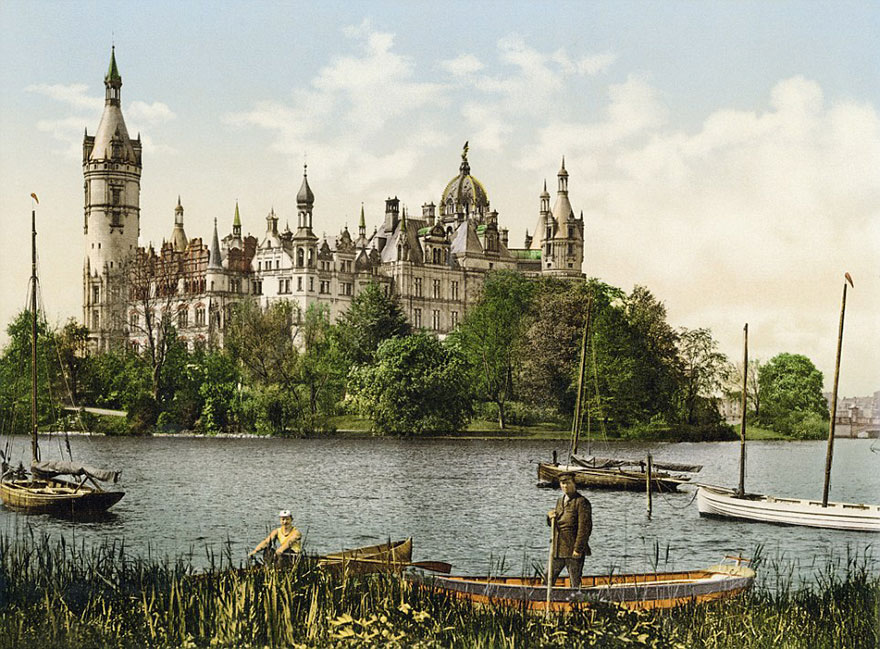


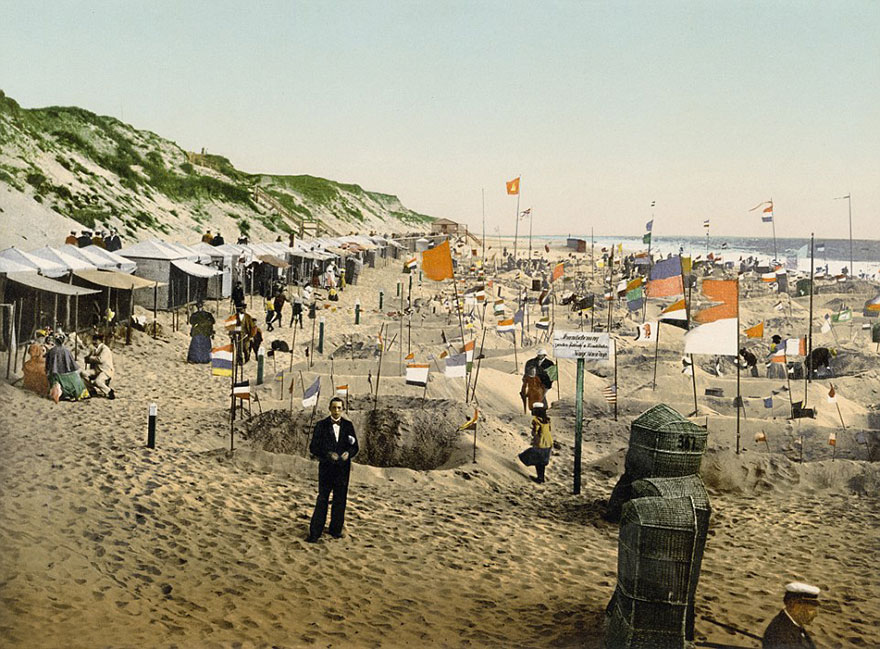
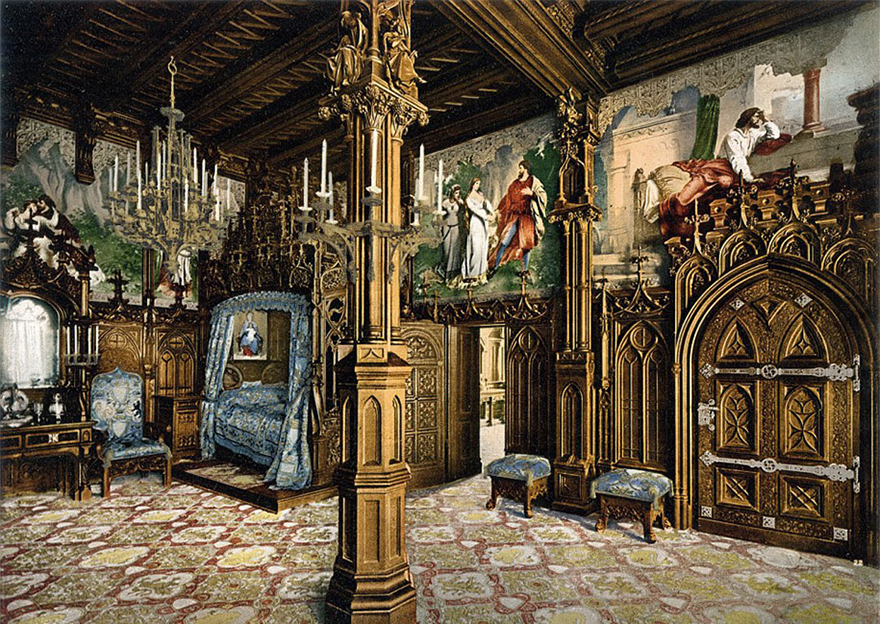
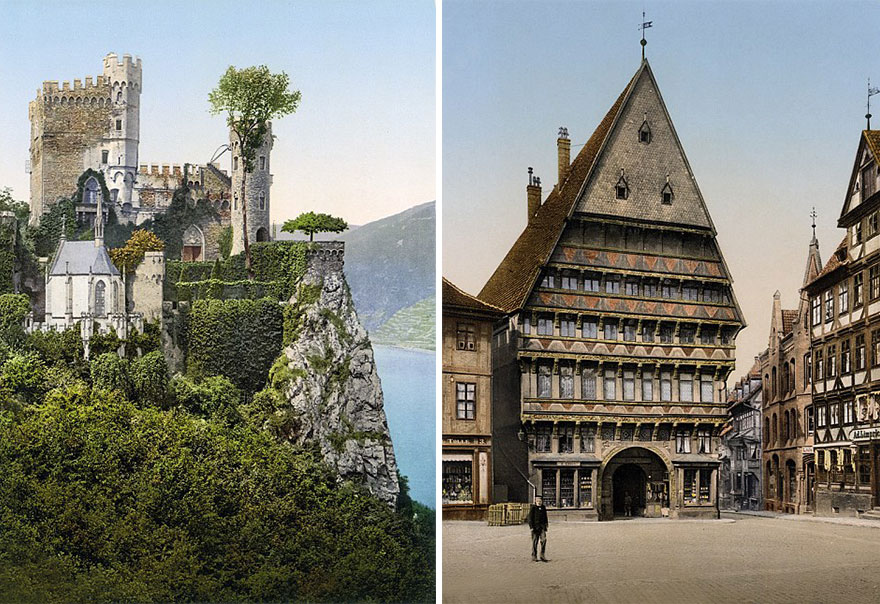
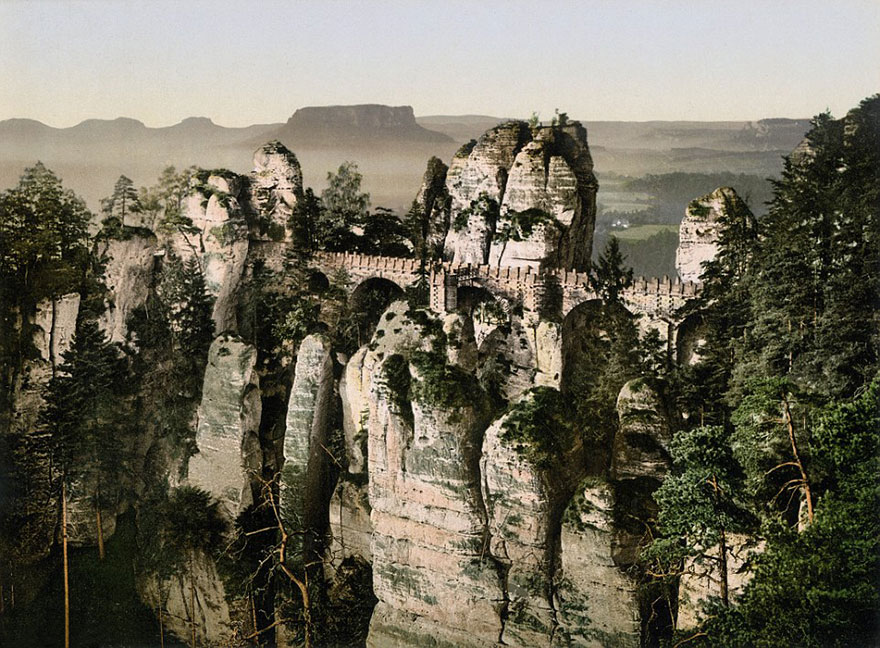
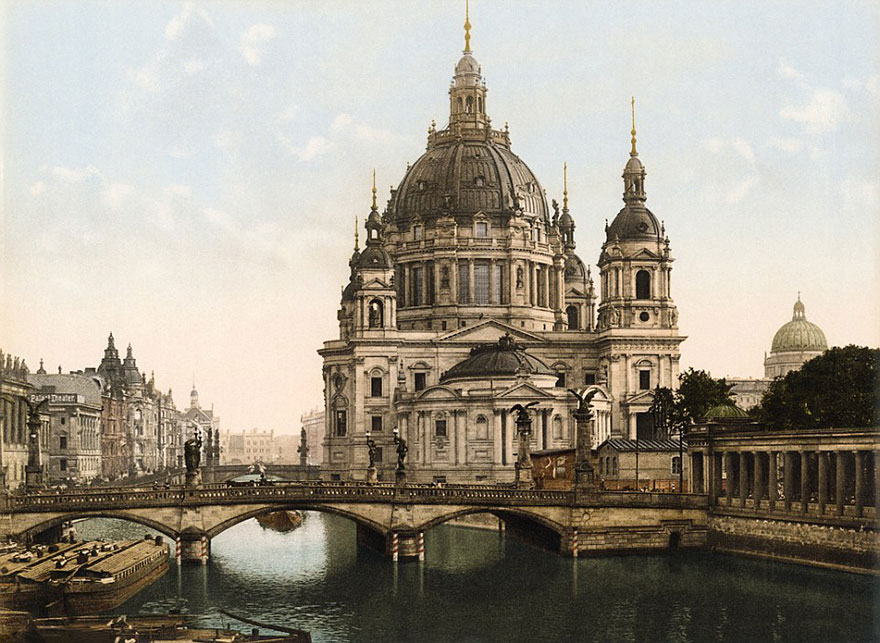
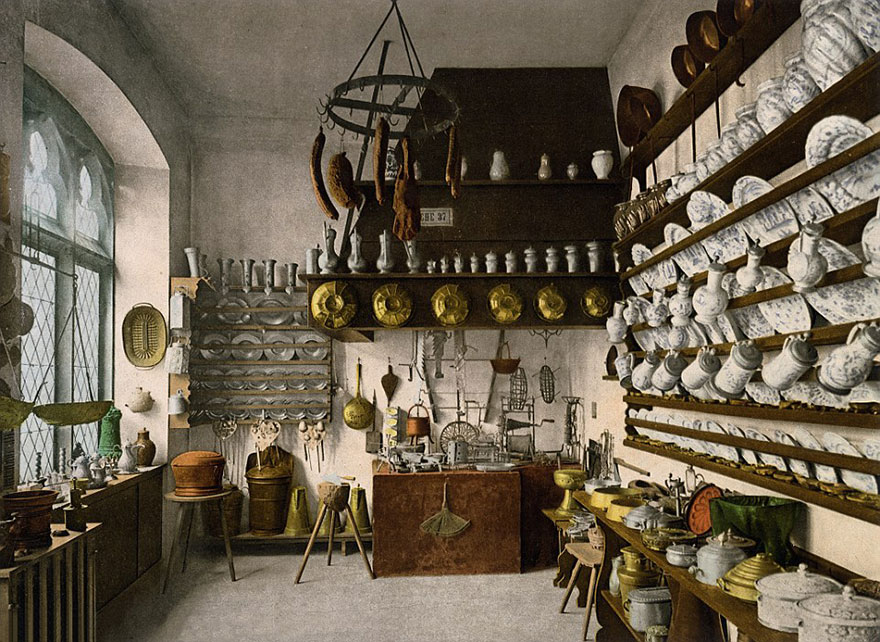



485
48